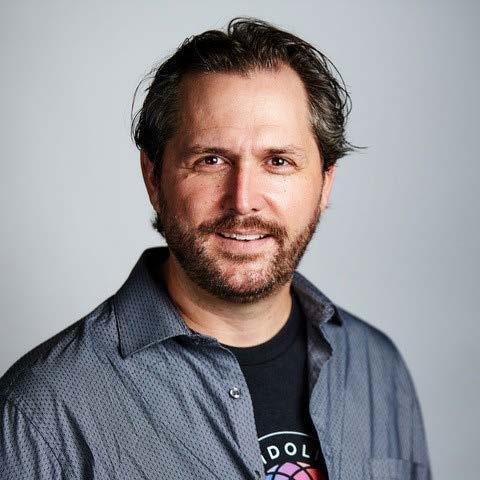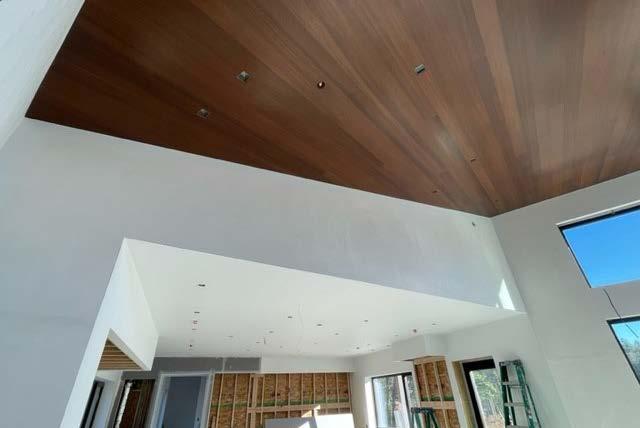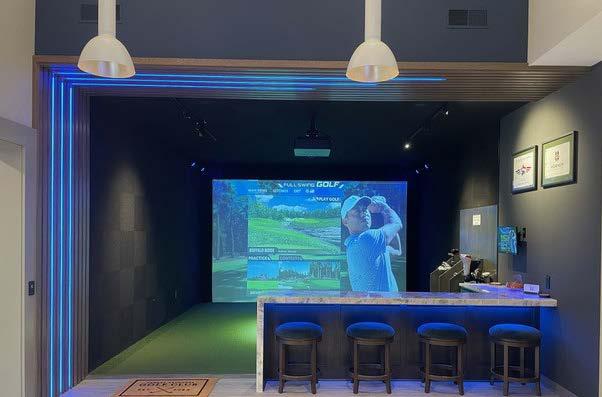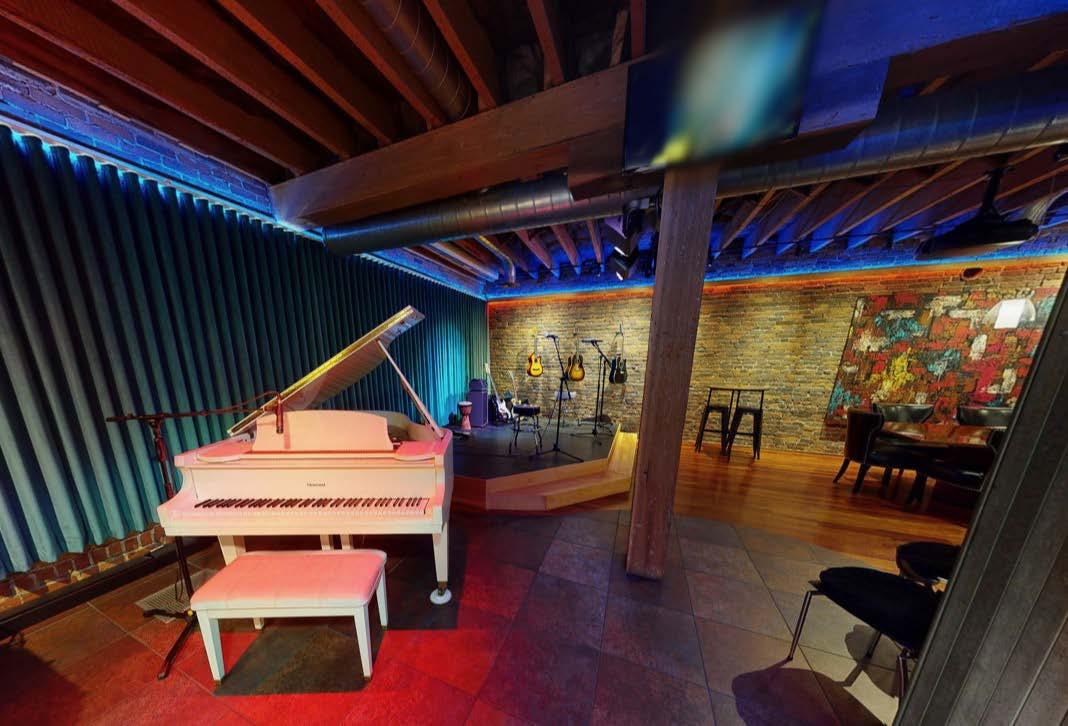
6 minute read
The Lighting Sherpa Guiding Integrators Into Lighting
from June 2025
By Randy Reid
In a rapidly evolving industry, where technology and business models are in constant flux, Bruce Clark has carved out a unique and timely role for himself: the Lighting Sherpa. In my interview, Bruce shared his perspective on how custom integrators are entering the world of lighting—sometimes out of necessity, and increasingly, as a strategic opportunity.
Many integrators begin their careers with a passion for audio or video. As their businesses grow, they expand into control systems, often working with platforms like Lutron, Crestron, Savant, Vantage (Legrand), and Control4. Over time, they’re asked to control lighting fixtures that aren’t always compatible with those systems.
“When the control system causes lights to flicker or fail to dim properly, it’s the integrator who’s usually expected to fix it,” Bruce explained. “They’re often the last ones in and the last ones out. And they stay connected to the client for years through service contracts and firmware updates.”
To reduce these challenges, many integrators have started to specify and provide lighting fixtures themselves. This shift allows them to ensure compatibility while unlocking new revenue opportunities. However, it also comes with increased responsibility.
Bruce pointed to early leaders like Tom Doherty, Director, Home Technology Specialists of America, Inc., who pioneered lab environments to test dimming compatibility and educate clients on premium lighting options. By managing both the control system and the fixtures, integrators can better guarantee performance, though it also means they must support those systems long-term.

While much of this innovation is happening in the high-end residential market, Bruce sees growing interest in light commercial applications. He is currently advising an integrator working on a new church project, where understanding IES recommended illuminance levels is essential. “Sometimes these integrators find themselves in unfamiliar technical territory,” Bruce said. “That’s where I can step in—to educate and support them.”
The integrator’s business model can vary significantly by project type. On residential and light commercial jobs, they might be brought in by the client, builder, or electrical contractor, depending on how well they articulate their value to the team.
Bruce clarified that while integrators often claim to do "lighting design," their definition can differ considerably from that of a professional lighting designer. This gap creates both friction and an opportunity for collaboration.
Bruce is passionate about educating integrators on lighting through the lens of design. “They hold a lot of decision-making power,” he noted. Many are entrepreneurs overseeing projects with lighting and control budgets in the hundreds of thousands of dollars. He cited Lutron’s Ketra system as an example, where individual downlights can cost over $1,000 apiece.
Authorized dealers of these high-end systems must complete extensive training to deliver, program, and support them effectively—blending advanced control, shading, and lighting technologies into seamless solutions. “Though they may understand the technology on the back end, there’s so much more to learn about how to properly sculpt, shape, and specify light.”

When asked how the integration channel could further expand into lighting, Bruce pointed to the critical role of buying groups like HTSA, ProSource, Azione Unlimited, Oasys Residential Technology Group, and Ellipsys (the latter three operating under the Nationwide Marketing Group umbrella) that are investing heavily in lighting education for their members. Bruce consults directly with Nationwide, providing training, coaching, and serving on lighting committees to help elevate integrators' knowledge and market impact.
The scale of opportunity is significant. While buying groups collectively represent around 1,500 companies, CEDIA, the leading trade association for integrators, boasts over 20,000 members. Bruce is actively collaborating with CEDIA on their expanded lighting education initiatives, working with their education team to develop and deliver new training content.
He also emphasized the growing visibility of lighting at major industry gatherings. Events like CEDIA Expo and Lightapalooza now feature a surge in intelligent lighting manufacturers exhibiting alongside traditional AV leaders.
Lightapalooza—founded and spearheaded by Tom Doherty—has emerged as the premier lighting-centric event in the custom integration space, doubling in size nearly every year since its inception four years ago. The 2026 edition will be held 16–19 February at the Kalahari Resort in Austin, Texas.

This past January, Lightapalooza introduced an Academia Track, featuring lectures by thought leaders like Dr. Craig Bernecker, Dr. Kevin Houser (who delivered the keynote), Mariana Figueiro, and Jennifer Brons. Buying groups like Azione and Oasys also host semi-annual, members-only events where lighting manufacturers meet face-to-face with dealers. Bruce often leads workshops at these gatherings, helping members at various stages of lighting integration maturity. While some of these events are vendor- and dealer-focused, Bruce sees increasing awareness of them as a catalyst for broader cross-industry dialogue.

Last fall, Bruce also participated in a webinar roundtable hosted by Business of Light and moderated by Sara Schonour, exploring how traditional lighting designers can collaborate with integrators. “There’s a tremendous untapped resource in custom integration,” Bruce said. “If lighting designers are willing to look with fresh eyes, integrators can bring them into projects they might never have accessed through traditional architecture or electrical channels.”
Bruce believes this dialogue is happening—whether or not lighting designers engage. “Right now, much of what goes on in the CI [custom integration] space is still like the Wild West,” he said. “There’s gold in them hills—but also a real need for professional expertise to elevate the conversation.”
Meanwhile, Bruce continues his mission as a Lighting Sherpa—helping integrators deepen their design acumen and fostering collaboration between the lighting and integration communities. “My goal is to ‘lighten’ their load,” he said, “and to elevate and expand the craft of lighting design to a broader audience.” As the lines between integration and lighting design continue to blur, Bruce Clark’s role as a bridge-builder will become even more vital.
His message is simple: by working together, integrators and designers can elevate their craft and deliver the kind of sophisticated, thoughtful lighting today’s clients crave.


